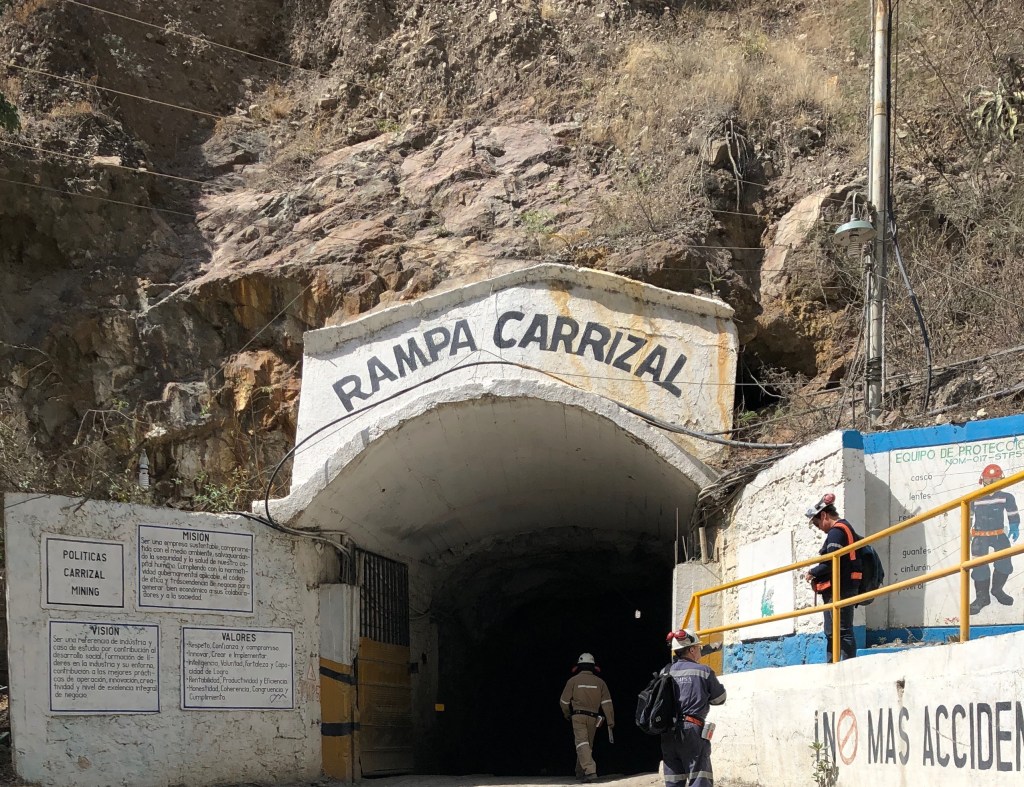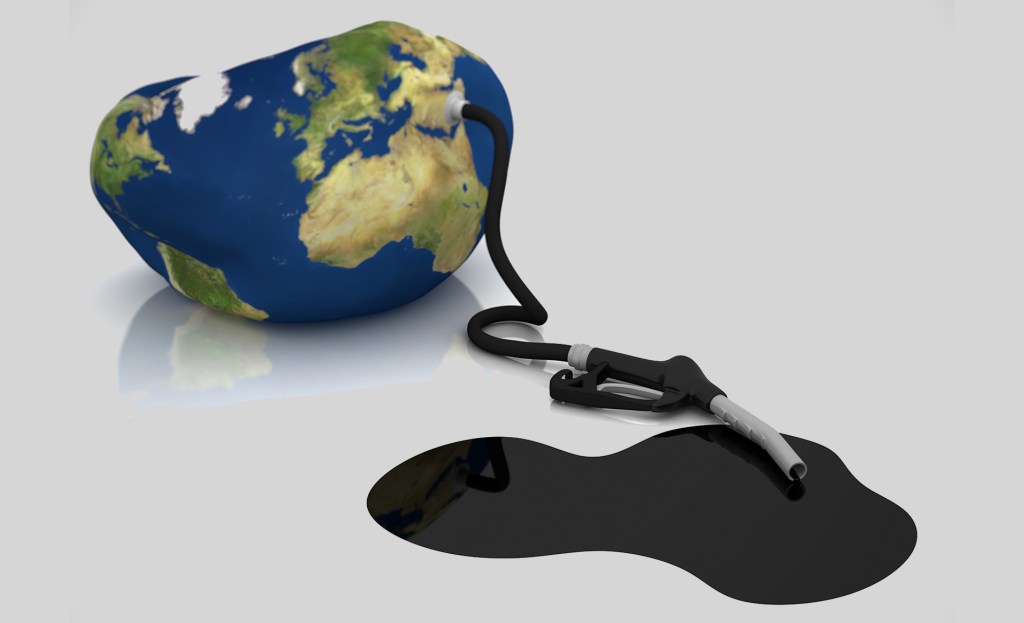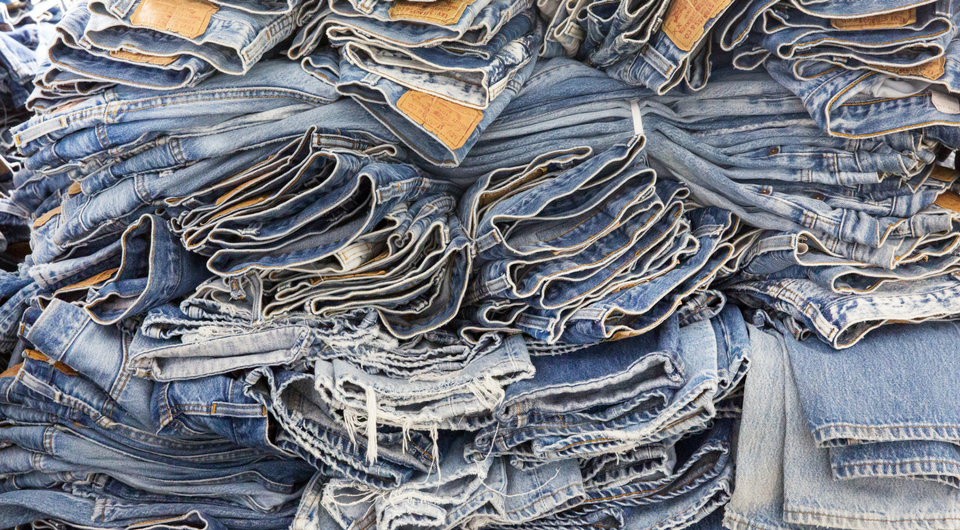Microsoft, Tiffany help carve out new responsible mining standard
There’s a long way to go for responsible mining, but a Mexican mine just took the first step with an audit by the Initiative for Responsible Mining Assurance. Read More
Rethinking the role of sustainability reports
As companies shift away from massive PDF reports and toward more targeted, real-time investor communication, they’ll free up time and resources to better engage consumers, employees and other key stakeholders on corporate sustainability. Read More
As Miami keeps building, rising seas deepen its social divide
Ignoring sea level rise and flooding, the Florida city continues to build coastal luxury real estate that put communities of color at risk. Read More
Green groups urge UN to raise climate ambition on global shipping
The latest IMO talks are courting controversy, with green groups warning current proposals setting out how the sector can deliver its 2030 decarbonization target fall far short of global climate goals. Read More
A telework transition won't slash emissions unless we make car-free lifestyles viable
A transition to working from home won't slash emissions unless we make car-free lifestyles viable. Read More
A new power play: The Fossil Fuel Non-Proliferation Treaty
To the extent that climate change is another weapon of mass destruction, we might consider borrowing some tools of the past. Read More
Green 2.0: Corporate advocacy and the environmental movement's racial reckoning
The initiative's new director, Andrés Jimenez, addresses the diversity gap at the world's top NGOs and foundations, and discusses how businesses can play a pivotal role in changing the culture. Read More
Why Gen Z voices matter in making business sustainable
A new youth-led organization aims to fill the gap we see between sustainable businesses and youth consumers. Read More
What's in style this fall? A flurry of circular fashion news
From Levi's first resale offering to H&M's first in-store garment-to-garment recycling system, the runaway for innovation is intriguing. Read More
Turning skyscrapers into urban energy generators
Sponsored: Powering the cities of our future requires us to rethink how we can diversify energy generation to include a more robust approach to on-site development. Read More









